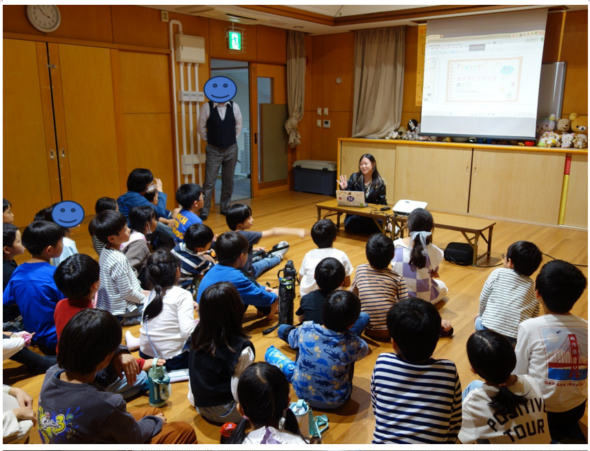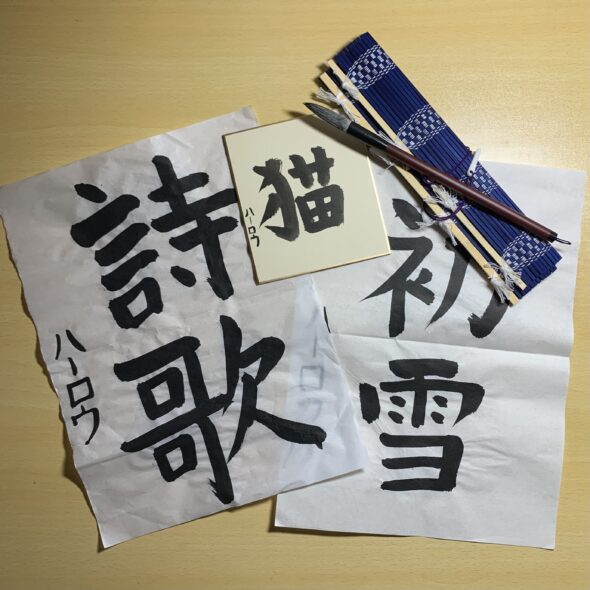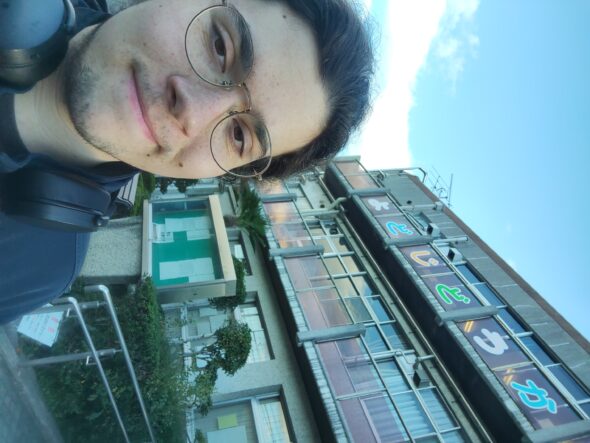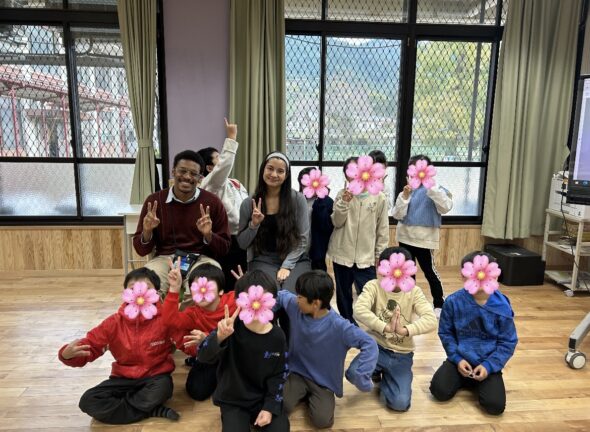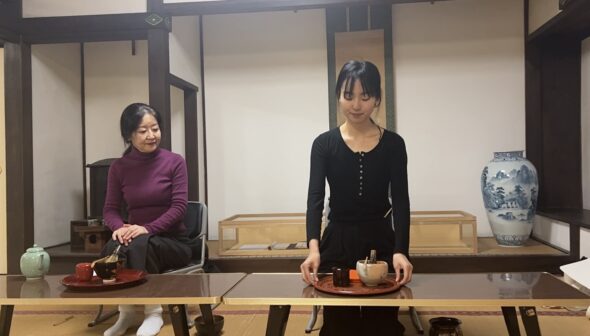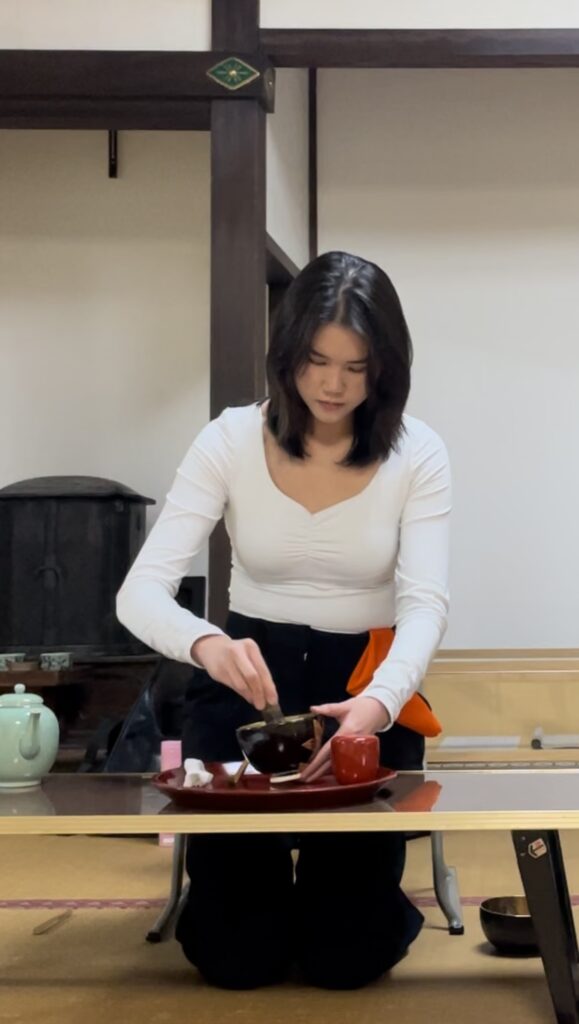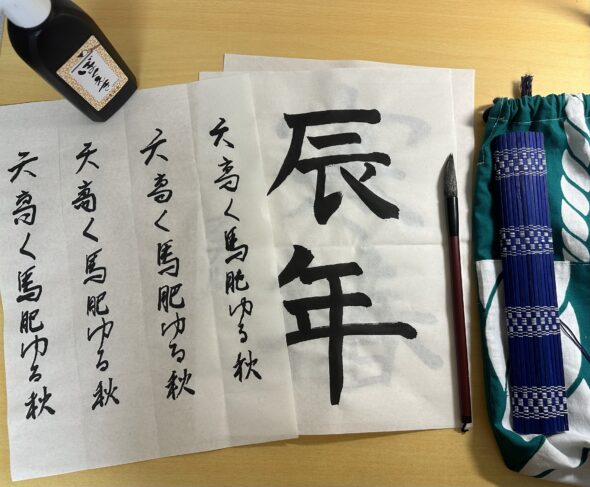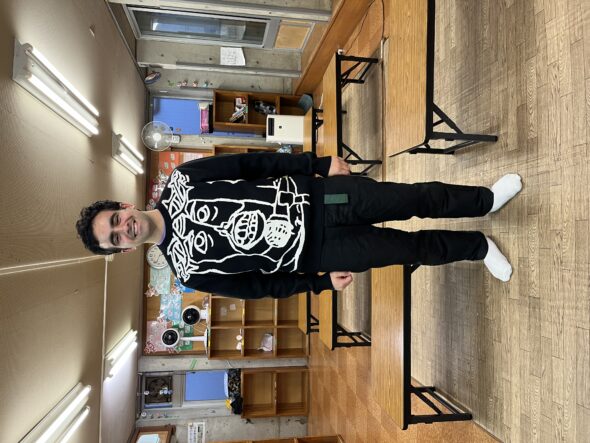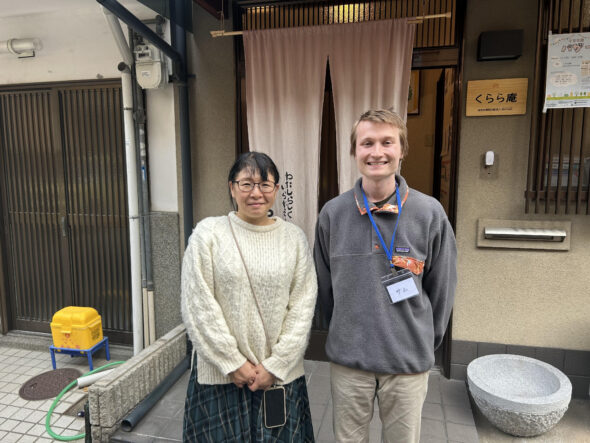This semester I did yoga at a local yoga studio. I did the beginner level yoga class for the first half of the semester, and the classes were inside my comfort zone because the movements weren’t really hard. Furthermore, since there were a lot of foreign learners in the studio, the classes were taught in both English and Japanese so that everyone could follow. The later half of the semester, I switched to Ashtanga yoga, which was my first time to try and it was really hard. However, it was also rewarding to witness my own progress within just a few lessons.
I felt really comfortable when I was in the studio, because the atmosphere there was just so soft and gentle, and everyone I encountered seemed to be nice even though I didn’t really exchange words with them. I like practicing there because learners wouldn’t compete with each other (which is usually the case of yoga) and just focus on their own bodies, but everyone would be happy to offer some help if it’s within their capacity. Therefore, I really had an unforgattable experience there.
Advice for whoever read this post: first of all thank you for reading! I would suggest just go with your guts, go for wharever you are passionate about and take the first step. Be aware of the cultural differences, so try not to be rude, but it’s always OK to ask questions politely about anything you don’t understand. Consult your teachers, peers, if necessary and I’m sure you will enjoy your CIP!

